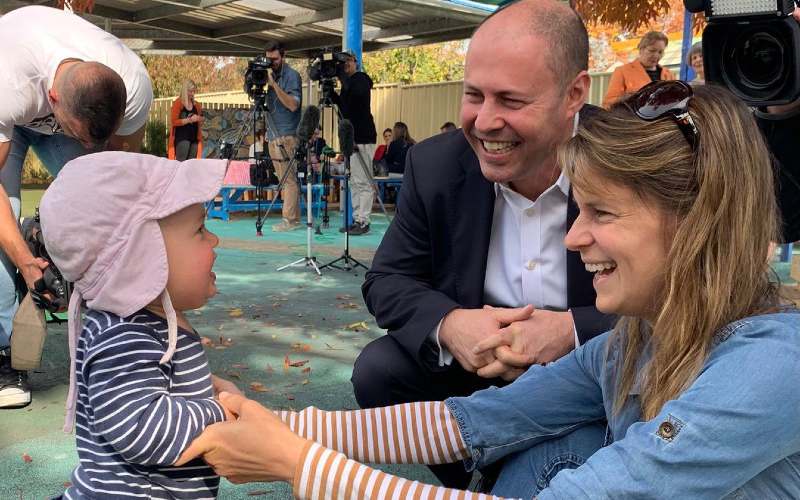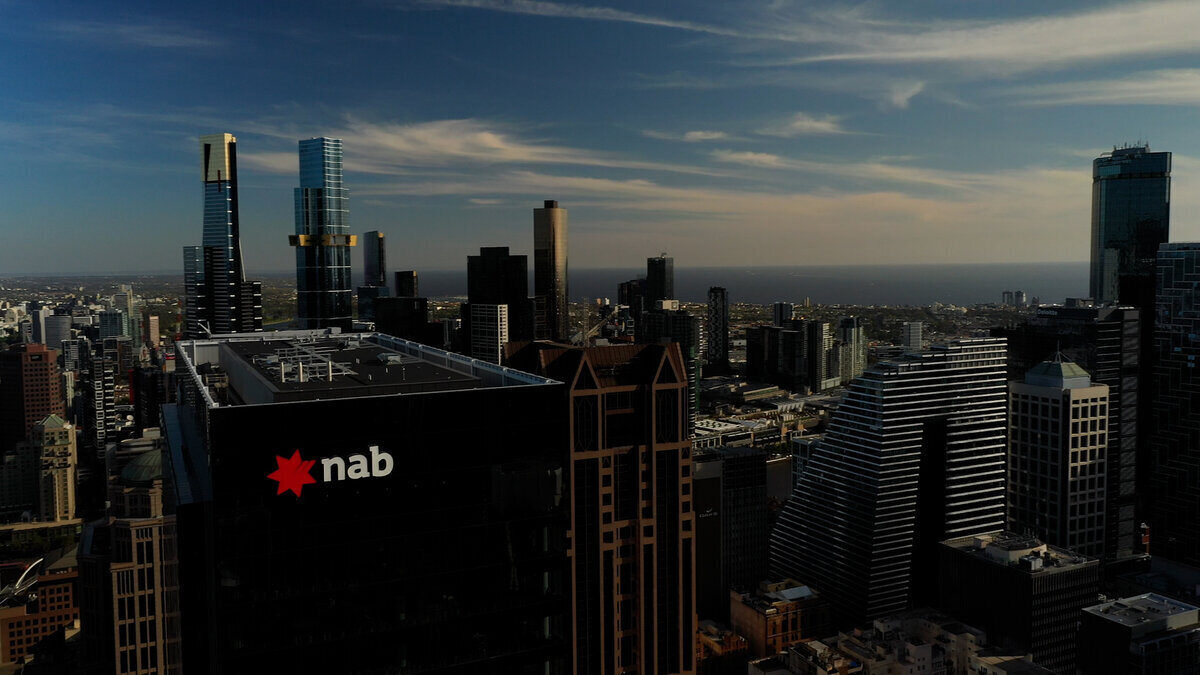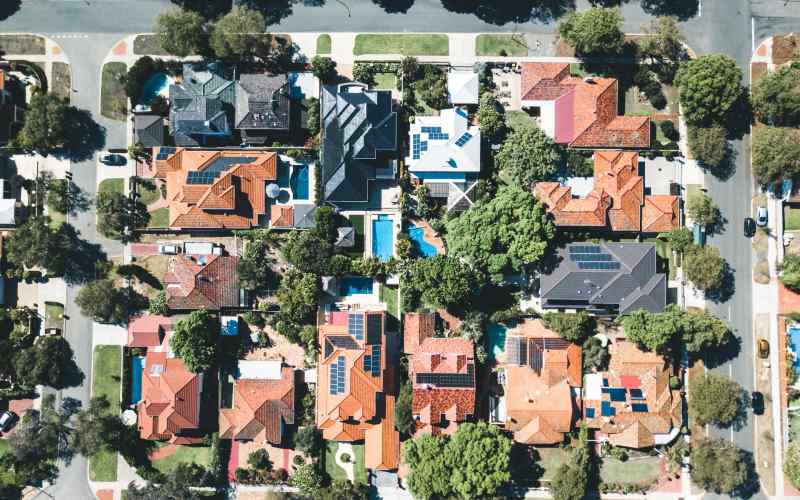The budget, handed down on Tuesday night, revealed an expected $161 billion deficit for this financial year, which is $52.7 billion lower than what was expected just over six months ago in last year's delayed COVID budget.
Given the sheer size of the budget, there were a number of new policies rolled out that will affect everyday Australians - but not everyone will benefit.
According to AMP Chief Economist Shane Oliver, "there are few direct losers in this Budget and many winners", but who are the winners, and who are the losers?
Buying a home or looking to refinance? The table below features home loans with some of the lowest interest rates on the market for owner occupiers.
| Lender | Home Loan | Interest Rate | Comparison Rate* | Monthly Repayment | Repayment type | Rate Type | Offset | Redraw | Ongoing Fees | Upfront Fees | Max LVR | Lump Sum Repayment | Extra Repayments | Split Loan Option | Tags | Features | Link | Compare | Promoted Product | Disclosure |
|---|---|---|---|---|---|---|---|---|---|---|---|---|---|---|---|---|---|---|---|---|
5.54% p.a. | 5.58% p.a. | $2,852 | Principal & Interest | Variable | $0 | $530 | 90% |
| Promoted | Disclosure | ||||||||||
5.49% p.a. | 5.40% p.a. | $2,836 | Principal & Interest | Variable | $0 | $0 | 80% |
| Promoted | Disclosure | ||||||||||
5.64% p.a. | 5.89% p.a. | $2,883 | Principal & Interest | Variable | $250 | $250 | 60% |
| ||||||||||||
5.64% p.a. | 5.89% p.a. | $2,883 | Principal & Interest | Variable | $248 | $350 | 60% |
|
Federal budget 2021-22 Winners
Aspiring homeowners
A major part of this year's budget was the $2 billion investment in housing which includes:
- Expanding the First Home Loan Deposit Scheme (now called the New Home Guarantee) with an additional 10,000 places in 2021/22 for first home buyers building or buying a newly-built home;
- Increasing the amount of voluntary superannuation contributions that can be released under the First Home Super Saver Scheme from $30,000 to $50,000;
- Over four financial years, 10,000 spots will be made available for single parents with dependent children to purchase a new or existing home with as little as 2% deposit (avoiding LMI) under the Family Home Guarantee from 1 July 2021;
- Extending the six month construction commencement period for HomeBuilder to 18 months for all existing applicants into 2022.
Low-and middle-income earners
The "Low and Middle Income Tax Offset" will be extended for another 12 months, meaning many Aussies will receive tax relief of up to $1,080 for singles or $2,160 for couples in their tax refund.
Aged care and disability services
Following the Royal Commission into Aged Care Quality and Safety, the government has pledged to provide $17.7 billion to fund aged care reforms over four years. The money will be spent on 80,000 new home care packages over the next two years.
A further $13.2 billion will be spent on the National Disability Insurance Scheme (NDIS).
Women
A total of $1.1 billion will be spent on women's safety policies including delivering more emergency accommodation, legal assistance, counselling and financial support for those escaping abusive relationships.
The government will also remove the current $450 per month minimum income threshold for the superannuation guarantee, improving the economic security in retirement for around 200,000 women.
Extra funding will be provided for endometriosis, research into pre‑term birth and genetic testing for pregnant women.
The government has also pledged to help more women break into non-traditional trades, with training support for 5,000 places.
Another 2,700 places will be provided in Indigenous girls academies to help them finish school and enter the workforce.
There will also be more STEM scholarships for women, in partnership with industry.
Families with kids in childcare
The government is putting $1.7 billion towards childcare subsidies, aimed at improving the affordability of childcare for low-and middle-income families.
It's estimated this will help over 250,000 families be better off by an average of $2,200 each year.
Retirees
There were some major changes in regards to superannuation and retirees in this year's budget:
- The Government will remove the current $450 per month minimum income threshold for the superannuation guarantee;
- Those over the age of 60 will be allowed to contribute up to $300,000 into their super if they downsize their home;
- Older Australians (67 to 74) will no longer need to meet a work test before they can make voluntary contributions to their super;
- The government has also enhanced the Pension Loan Scheme, providing immediate access to lump sums of around $12,000 for singles and $18,000 for couples.
Migraine sufferers
Bit of a niche one, but as a chronic migraine sufferer this was particularly welcome news.
Migraine prevention drug Emgality will be added to the Pharmaceutical Benefits Scheme, so instead of costing $6,800 a year for treatment, you'll now only have to fork out $41.30 per script or $6.60 if you're a concession card holder.
Federal budget 2021-22 Losers
Welfare recipients
Unfortunately for those on welfare payments, the budget contains no new major welfare measures.
New residents will now have to wait four years before you can access "most" government benefits.
The cost-cutting measure, estimated to save $671 million, will apply to those granted residency from 1 January 2022.
So far, there's no detail in the budget papers about what government payments new residents will be blocked from receiving.
There was also no increase to the rate of various income support measures such as JobSeeker and Commonwealth Rent Assistance (CRA).
Renters
While aspiring home buyers were well looked after in the budget, the same can't be said for renters with no measures announced to address rising rental unaffordability, particularly for low income earners.
With $2 billion invested into housing in the budget, this is likely to increase demand for property, further driving up prices which have been booming for months.
Electric vehicles
There was also no funding in the budget for electric vehicles or renewables, instead doubling down on gas.
International tourism
Stir-crazy Aussies will have to wait until at least mid-2022 before our international borders reopen, thanks to ongoing issues with the vaccine rollout and international outbreaks.
Image via Twitter

Ready, Set, Buy!
Learn everything you need to know about buying property – from choosing the right property and home loan, to the purchasing process, tips to save money and more!
With bonus Q&A sheet and Crossword!







 Harry O'Sullivan
Harry O'Sullivan

 Denise Raward
Denise Raward
 Arjun Paliwal
Arjun Paliwal


